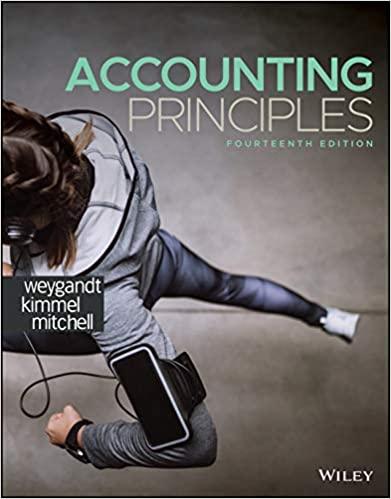Question
1. Which of the following statements is true regarding investments in equity securities? A)If the investor has significant influence over the investee's voting shares, the
1. Which of the following statements is true regarding investments in equity securities? A)If the investor has significant influence over the investee's voting shares, the cost method is generally required. B)If the investor has significant influence over the investee's voting shares, the equity method is generally required. C)If the investor owns less than 1% of the investee's voting shares, the market value method must be used in all situations. D)If the investor owns 50% of the investee's voting shares, the LCM method is appropriate.
2. When the cost method is changed to the equity method: A)no adjustment to the carrying amount of the investment is required. B)the investment account should be adjusted to the market value of the investment. C)the investment account should be adjusted to the lower of cost or market. D)the investment account should be adjusted retroactively based on the equity method
3. Among a company's short-term obligations at December 31, the balance sheet date, are notes payable totaling $200,000 with the TUV Bank. These are 90-day notes, renewable for another 90-day period. How should these notes be classified on the balance sheet of the company? A) As current liabilities B) As deferred charges C) As long-term liabilities D) As intermediate debt
4. Which of the following items is not a contingent liability? A) Premiums offered to customers B) A risk of loss to uninsured property due to fire or other casualty C) Additional wages that may be payable on a dispute now being arbitrated D) Estimated claims under a service warranty on products sold
5. Liabilities are: A) any accounts having credit balances on the balance sheet. B) obligations to transfer ownership shares to other entities in the future. C) obligations arising from past transactions and payable in assets or services in the future. D) a contractual obligation such as purchase order issued for a specific item of inventory or equipment to be delivered in the future.
Step by Step Solution
There are 3 Steps involved in it
Step: 1

Get Instant Access to Expert-Tailored Solutions
See step-by-step solutions with expert insights and AI powered tools for academic success
Step: 2

Step: 3

Ace Your Homework with AI
Get the answers you need in no time with our AI-driven, step-by-step assistance
Get Started


